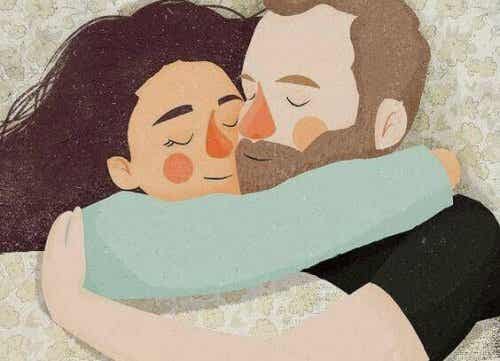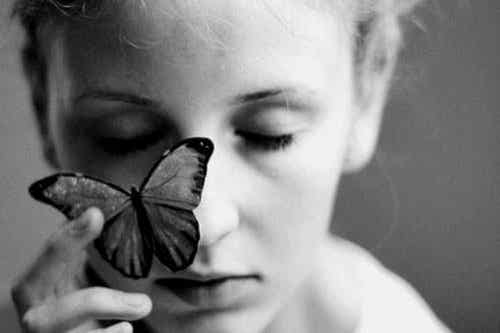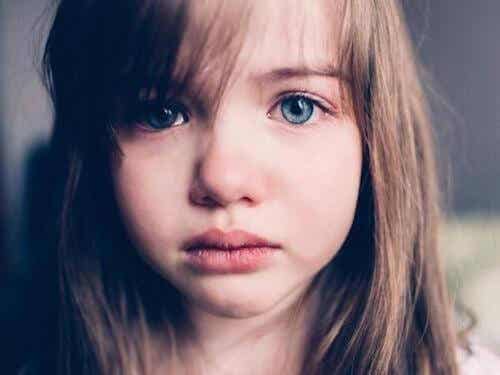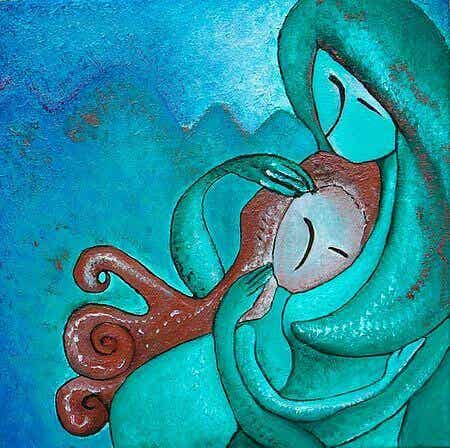
Last update: December 31, 2017
The death of a loved one represents a very difficult time that we have all faced or will face sooner or later. However, not all people have the same resources or tools to deal with it. Sometimes this process becomes chronic and turns into a serious problem. It is therefore necessary to resort to bereavement therapy.
It is estimated to occur between 10-20% of the time. Exist different techniques, supported by several studies, which they can help us overcome this state of which we can all become "prisoners". Among them, we will talk about the complaint addressed. But first of all we will try to distinguish between a normal bereavement and a pathological bereavement, and we will do so motivated by a question: to what extent is this suffering normal?
Normal bereavement and pathological bereavement
Grief is a collection of physical, emotional and social reactions that occur after a significant loss. In our case, the death of a loved one. Symptoms can vary in intensity and duration, in some cases lasting for a lifetime. Initially it is always an adaptive reaction.
Mourning, sadness and anxiety are the most common feelings, in this same order, in addition to the fear of loneliness. Feelings of guilt can also appear and interest in everything and everyone can decrease. Typically, these symptoms disappear within six months to a year.
When emotional reactions are much more intense, make it difficult to continue with your daily life and last more than a year, we can speak of pathological mourning.. Very unusual symptoms also appear in these cases, such as hallucinations (visions or voices of the deceased) or suicidal thoughts. This process usually also tends to be complicated by other behaviors such as social isolation, self-neglect or drug use. It is in this case that it is advisable to resort to bereavement therapy so that a professional can be of help.
Bereavement therapy: therapeutic strategies
Both individual and group therapies are used in the treatment of pathological bereavement. It has also been noted that in some cases it is very effective to use both. The focus is on empowering a person's individual resources, but also on providing the social support needed to end their isolation.
In any case, the main goal of bereavement therapy is not to forget the deceased, but transform the process so that the memory of the deceased does not involve a blockage. The main objectives of this therapy are the following:
- Facilitate the expression of feelings and experiences relating to the deceased. In many cases, the person kept them in silence and did not translate what he felt or thought into words, making it difficult to overcome death.
- Discuss the circumstances that led to the death. Often, based on the type of death that has occurred (suicide, terrorist attack, etc.), bereavement becomes more painful. Talking about it will facilitate assimilation and acceptance.
- Focus therapy on solving everyday problems and re-adapting to normal daily life. Through small daily steps, great results are achieved.
- Project the patient into the future, making him integrate rewarding activities back into his routine. This will make him feel that, despite everything, there are still things that can make him feel good.
Lament addressed as mourning therapy
This therapy is used with people who are going through pathological grief with avoidance behaviors, emotional blocking, and reexperiencing in the form of nightmares or invasive thoughts. In this regard, the role that the complaints addressed. It is about exposing the person to memories concerning the deceased, in particular to shared experiences.
For example, we often resort to reading letters or viewing a photo album. Either way, it's about breaking the disruptive emotional inhibition. The basic mechanism that makes this therapy effective is the weakening of the conditioned emotional response (sadness) through the repeated presentation of stimuli that generate this same response. In other words, we expose the patient to repeat what causes sadness several times until, following frequent presentation, it diminishes in intensity.
This repeated exposure can also be carried out with behaviors that were initially gratifying, but which are no longer realized because they bring to memory the deceased person. For example going to the cinema, traveling, eating out, etc. In these cases, the gratification of the activity itself will also serve as the basic mechanism of therapy.
Indicators of recovery from pathological mourning
How can we know that bereavement therapy has worked? What behaviors lead to recovery from pathological pain? Below is a series of indicators or signals that allow us to distinguish this recovery:
- The person has recovered the biological constants in relation to appetite and sleep.
The verbal expression of feelings and emotional expressions such as smiles and hugs reappear.
- The subject is now involved in rewarding behaviors, she resumes her social life and takes part in volunteer activities to help others.
- The memory of the deceased is now absorbed as part of the personal history without causing excessive negative emotions. Positive experiences lived with the person who is no longer there are evoked.
- He enjoys everyday life and sets future goals.
Ultimately, pain is a normal process that requires personal processing, not always easy to carry out. In any case, knowing about pathological bereavement and some of the therapeutic solutions can help us identify and face the last goodbye, as well as it can push us to seek professional help if there is a need.


























